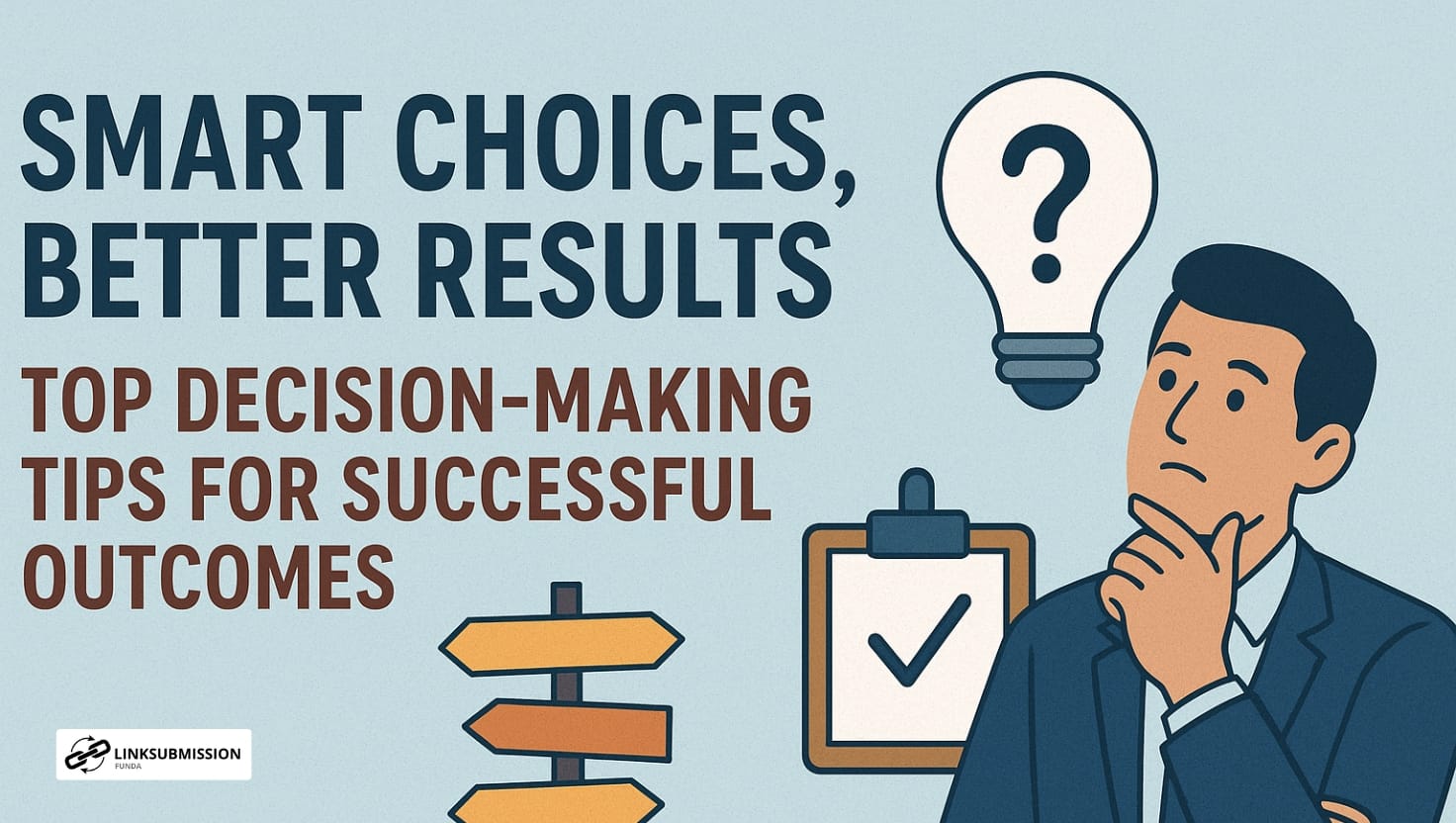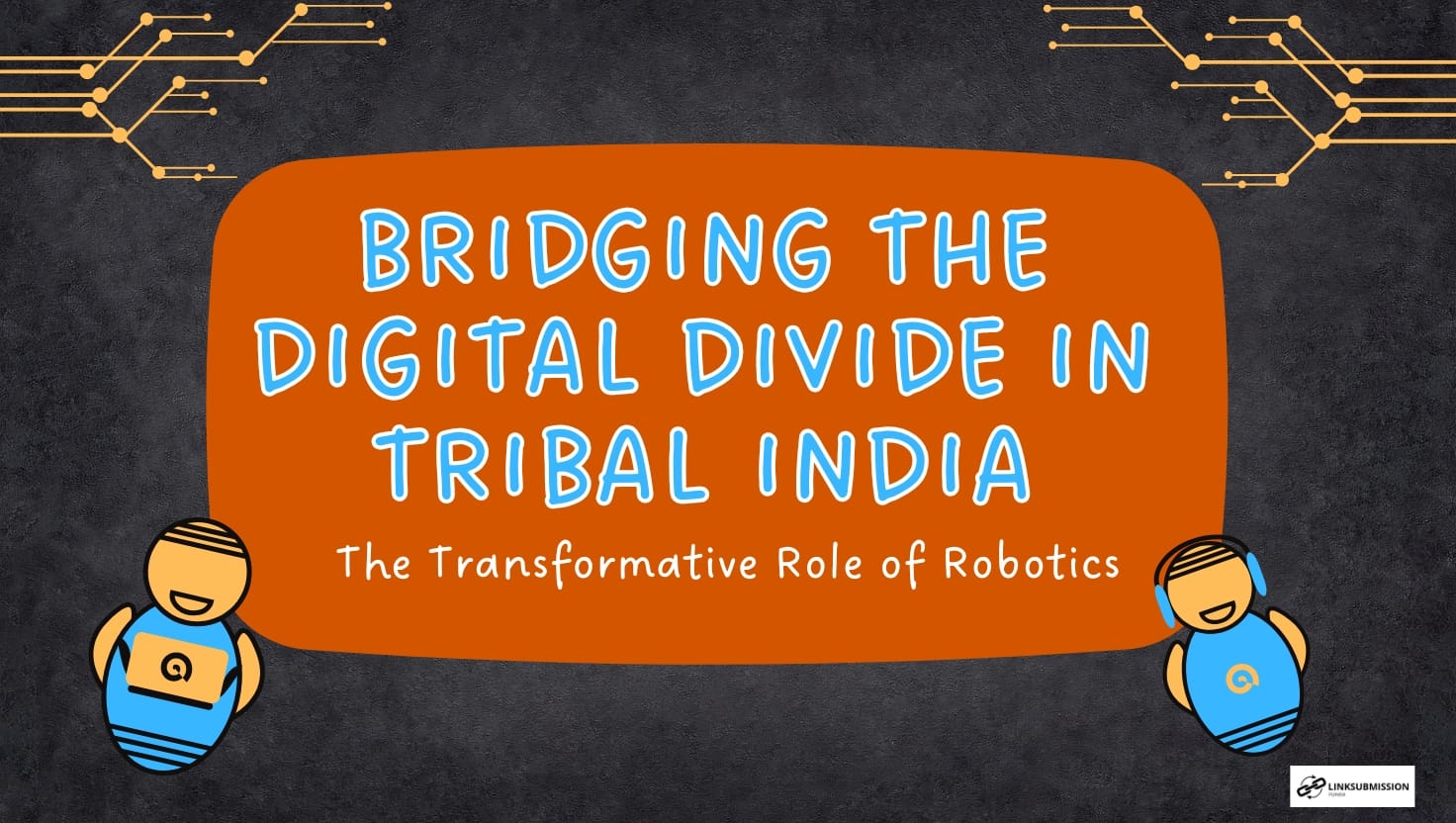Decision-making is a part of daily life, whether you’re selecting what to eat for breakfast, choosing a career path, or making a critical business strategy. While some decisions are simple and quick, others require careful analysis, reflection, and foresight. The quality of your decisions directly affects your personal and professional growth. Good decision-making doesn’t always mean making the “perfect” choice, but rather making informed, thoughtful, and timely decisions that lead to better outcomes.
In this blog, let’s explore practical decision-making tips that can help you sharpen your judgment, reduce stress, and achieve more consistent success.
1. Define the Problem Clearly
A strong decision begins with a clear understanding of the problem at hand. Many poor outcomes arise because the actual issue was misunderstood. Before jumping into solutions, ask yourself:
- What exactly is the challenge?
- Why does it need solving?
- What are the consequences of not deciding now?
For example, if you’re struggling with low sales, the real issue might not just be product pricing—it could also involve marketing, customer service, or competition. Clarifying the problem saves time and effort down the line.
2. Gather the Right Information
Information is power when it comes to decision-making. But too much or irrelevant information can overwhelm you. Focus on collecting reliable data that directly relates to your situation. For business decisions, this could include customer insights, financial reports, and competitor analysis. On a personal level, you might seek advice from mentors, friends, or credible sources.
The key is balance—enough information to evaluate your options, but not so much that you get stuck in “analysis paralysis.”
3. List and Compare Your Options
Good decision-making requires considering multiple options rather than rushing into the first solution. List all possible choices, even the unconventional ones. Once you have them in front of you, weigh their pros and cons.
For example, if you’re deciding on a career move, your options could be:
- Staying at your current job
- Switching to a new company
- Starting your own business
By comparing risks, benefits, costs, and long-term impacts, you gain clarity and reduce impulsive decision-making.
4. Think Long-Term, Not Just Short-Term
One of the most common mistakes people make is focusing only on short-term gains. A decision that feels good now may create bigger problems later. For example, a company cutting staff to save costs might reduce expenses today but lose skilled talent that’s crucial for future growth.
Before finalizing any choice, ask:
- How will this decision affect me in six months?
- What about in five years?
Adopting a long-term perspective ensures more sustainable and effective results.
5. Control Emotional Influence
Emotions play a powerful role in decision-making. While instincts can sometimes guide us well, relying solely on emotions often leads to regret. Stress, fear, excitement, or even overconfidence can cloud judgment.
A useful technique is the “pause principle”—take a step back, breathe, and let emotions settle before making a big choice. This small pause can transform a rushed reaction into a well-thought-out decision.
6. Use Decision-Making Frameworks
Structured frameworks can simplify complex decisions. Some popular ones include:
- SWOT Analysis (Strengths, Weaknesses, Opportunities, Threats): Helps evaluate business or personal options.
- Pros and Cons List: Quick and simple for everyday choices.
- Cost-Benefit Analysis: Weighs the value you’ll gain against the cost involved.
- Eisenhower Matrix: Prioritizes decisions based on urgency and importance.
These tools provide clarity and reduce the chances of overlooking key factors.
7. Trust Your Intuition (Wisely)
While logic and analysis are essential, intuition—your gut feeling—also plays an important role. Intuition is not random; it often comes from experience, past learning, and subconscious observation. The key is to balance instinct with facts. If your gut says no but the data looks great, dig deeper before deciding.
8. Seek Feedback and Different Perspectives
Sometimes, we’re too close to a problem to see it objectively. Consulting trusted colleagues, mentors, or friends can provide fresh perspectives. They might highlight blind spots or risks you hadn’t considered. However, avoid relying solely on others—feedback should guide you, not dictate your final choice.
9. Don’t Fear Mistakes—Learn From Them
No decision-making process is foolproof. Mistakes are part of growth. The most successful leaders and entrepreneurs often admit to making wrong choices—but what sets them apart is how quickly they adapt and learn. Instead of fearing failure, view each decision as a learning opportunity. Ask yourself:
- What worked well here?
- What could I have done differently?
This mindset builds resilience and sharpens decision-making over time.
10. Act Decisively and Evaluate Later
The final and most important step is action. A well-thought-out decision means nothing without execution. Once you decide, commit to it fully. Half-hearted actions lead to half-baked results.
At the same time, keep track of outcomes. Regularly review your decisions to understand what’s working and what needs adjustment. Continuous evaluation ensures better results in the long run.
Final Thoughts
Good decision-making is both an art and a science. It requires a mix of clarity, information, logic, intuition, and courage. By defining the problem clearly, weighing your options, keeping emotions in check, and focusing on long-term outcomes, you set yourself up for smarter choices and better results.
Remember, the goal isn’t perfection—it’s progress. Every decision, big or small, is a step toward shaping your future.





